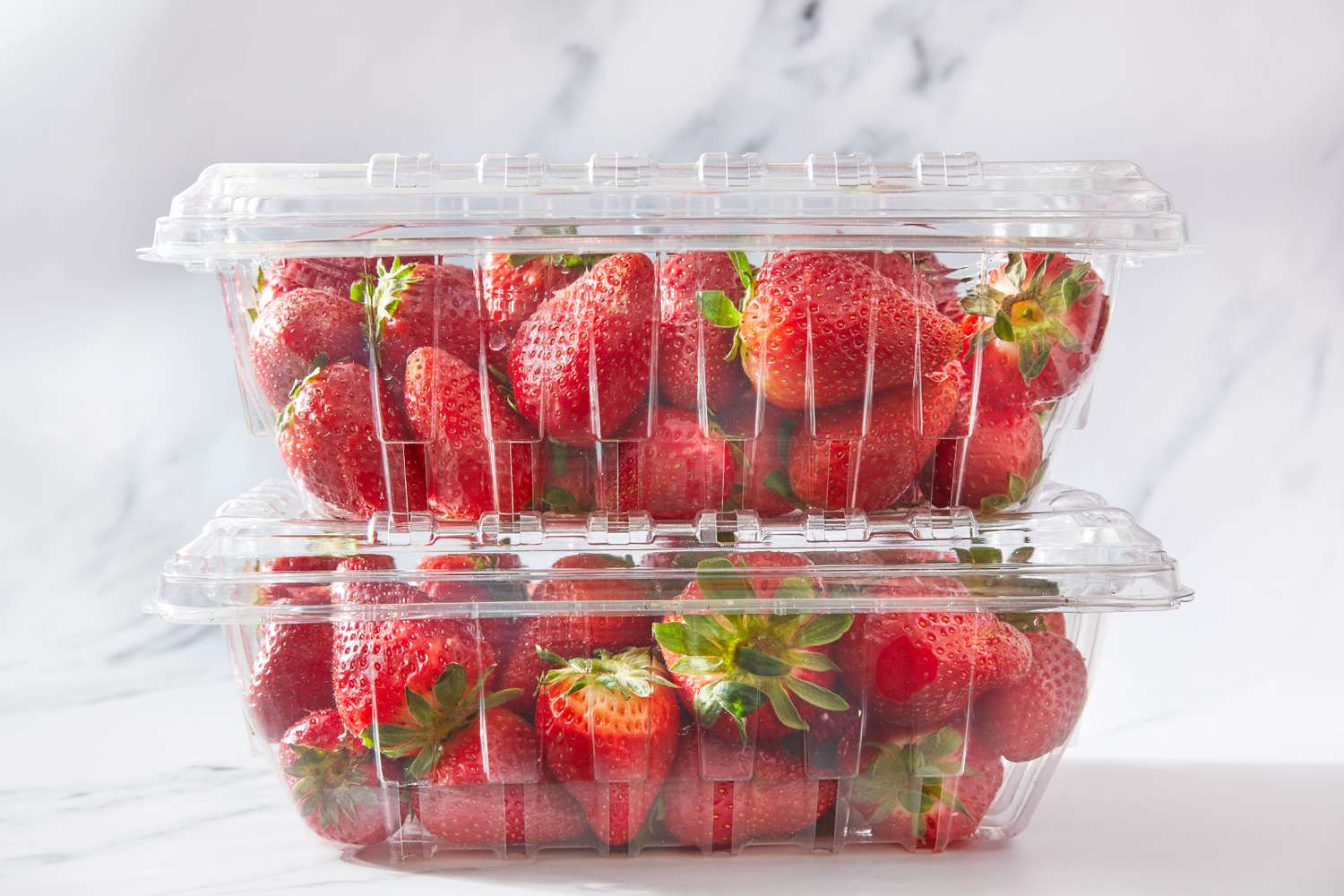

Articles
How To Store Strawberries In Fridge
Modified: January 9, 2024
Learn how to store strawberries in the fridge to keep them fresh and extend their shelf life. Read our articles for the best tips and tricks.
(Many of the links in this article redirect to a specific reviewed product. Your purchase of these products through affiliate links helps to generate commission for Storables.com, at no extra cost. Learn more)
Introduction
Strawberries are delicious, vibrant fruits that are enjoyed by many. Whether you’ve picked them yourself or purchased them from a local farmer’s market or grocery store, it’s important to know the best way to store strawberries to keep them fresh and flavorful. Proper storage can make a significant difference in extending their shelf life and preserving their juicy sweetness.
Why is it necessary to store strawberries properly? Well, strawberries are delicate fruits that are highly perishable. They have a high water content, making them prone to mold and rot if not handled and stored correctly. By following the right methods, you can ensure that your strawberries stay fresh and tasty for as long as possible.
In this article, we’ll dive into the art of storing strawberries in the fridge. We’ll cover everything from choosing the right strawberries to preparing them for storage and implementing proper packaging techniques. We’ll also explore the best practices for storing strawberries in the fridge and provide tips for extending their shelf life. Additionally, we’ll touch on the use of frozen strawberries and answer some commonly asked questions about strawberry storage.
So, whether you want to enjoy your strawberries fresh or save them for later use, this comprehensive guide will equip you with the knowledge you need to keep your strawberries in the best condition possible. Let’s get started!
Key Takeaways:
- Properly storing strawberries in the fridge preserves their freshness, juiciness, and nutritional value, extending their shelf life and ensuring optimal flavor. Follow careful selection, preparation, and packaging techniques for best results.
- Frozen strawberries offer a convenient way to enjoy the taste of fresh strawberries year-round. Proper thawing and usage in recipes or as frozen treats allow you to savor their sweetness and add a touch of summer to your dishes.
Read more: How To Store Strawberries Without Fridge
Why Should You Store Strawberries in the Fridge?
Storing strawberries in the fridge is essential for maintaining their freshness and flavor. Here are a few reasons why refrigeration is the ideal storage method for strawberries:
- Preserves Freshness: Strawberries are highly perishable fruits that can spoil quickly if not stored properly. Refrigerating strawberries slows down the ripening process and helps to preserve their freshness for a longer period.
- Retains Juiciness: The high water content of strawberries makes them prone to dehydration. Storing them in the fridge helps to retain their natural juiciness and prevents them from drying out.
- Prevents Mold Growth: Strawberries are susceptible to mold and bacterial growth, especially when exposed to warm temperatures. Refrigeration inhibits the growth of mold and keeps the berries from spoiling prematurely.
- Enhances Shelf Life: By storing strawberries in the fridge, you can extend their shelf life by several days or even up to a week. This allows you to enjoy your strawberries at their peak freshness and flavor.
- Maintains Nutritional Value: Refrigeration helps to slow down the natural breakdown of nutrients in strawberries, allowing you to reap the maximum health benefits from these delicious fruits.
- Preserves Aesthetic Appeal: Strawberries are known for their vibrant red color and appealing appearance. Refrigeration helps to preserve their visual appeal, preventing them from becoming dull and discolored.
Overall, storing strawberries in the fridge is crucial for maintaining their quality and extending their shelf life. It’s the best way to ensure that you can enjoy these luscious fruits for as long as possible and make the most out of their flavor and nutritional benefits.
Choosing the Right Strawberries
When it comes to storing strawberries, it’s important to start with the right kind of berries. Here are a few tips to help you choose the best strawberries for storage:
- Look for Firmness: Opt for strawberries that are firm and plump. Avoid berries that appear soft or mushy, as they are likely overripe and won’t last as long in storage.
- Check for Bright Color: Choose strawberries that have a vibrant, deep red color. Avoid berries with green or white patches, as they are not fully ripe and may not have the best flavor.
- Inspect for Mold: Before purchasing or storing strawberries, carefully inspect them for any signs of mold or rot. Even a small spot of mold can quickly spread and spoil the entire batch.
- Avoid Bruised or Damaged Berries: Be sure to pick strawberries that are free from bruising or any signs of damage. Bruised berries are more prone to spoilage and won’t keep well in the fridge.
- Consider the Size: While size doesn’t necessarily indicate flavor, larger strawberries tend to have a bit more sweetness. If you’re looking to enjoy the full, juicy flavor of strawberries, consider selecting larger ones.
- Consider Organic Options: If possible, opt for organic strawberries. Organic strawberries are grown without the use of harmful pesticides, which not only benefits your health but also helps to preserve the natural flavor and quality of the berries.
By selecting the right strawberries, you’re setting yourself up for successful storage. Remember to buy strawberries that are in the best condition possible and have a good visual and tactile appeal. Choosing high-quality strawberries from the start will ensure that you have a better chance of enjoying fresh and tasty strawberries for a longer period of time.
Preparing Strawberries for Storage
Properly preparing your strawberries before storage is an important step to ensure their longevity and quality. Here are some steps to follow when preparing strawberries for storage:
- Sort and Remove Imperfections: Inspect your strawberries and remove any berries that have mold, bruises, or blemishes. Sorting them allows you to separate the good berries from the ones that may affect the overall quality of the batch.
- Wash Gently: Rinse your strawberries under cool running water just before you plan to store them. Gently rub them with your fingers to remove any dirt or debris. Be careful not to soak the strawberries as excessive moisture can lead to faster spoilage.
- Dry Thoroughly: After washing, make sure to dry the strawberries completely. Excess moisture can cause the berries to become damp and promote the growth of mold. Pat them gently with a clean kitchen towel or paper towel to remove any moisture.
- Hull the Strawberries: The green leafy tops of strawberries, known as the hulls, can accelerate the decay process. Remove the hulls by using a small paring knife or your fingers. Take care not to remove too much of the flesh along with the hull.
- Avoid Cutting: It’s best to avoid cutting strawberries before storing them. Cutting the berries will expose more surface area, making them more susceptible to moisture loss and quicker spoilage. Wait until you’re ready to consume the strawberries before cutting them.
By properly preparing your strawberries, you’re getting them ready for optimal storage. Sorting, washing, drying, and hulling the berries allows you to remove any imperfections and excess moisture that could contribute to their decay. Taking these steps ensures that your strawberries are in the best condition possible before they are stored in the fridge.
Proper Packaging Techniques
Choosing the right packaging and employing proper techniques is crucial in ensuring the longevity of your strawberries. Here are some effective packaging techniques to help keep your strawberries fresh:
- Use Breathable Containers: Opt for containers that allow air circulation, such as ventilated plastic containers or containers with small holes. Avoid using airtight containers as they can trap moisture and promote the growth of mold.
- Line the Container with Paper Towels: Place a layer of paper towels at the bottom of the container. The paper towels will absorb excess moisture and help prevent the strawberries from becoming damp, which can lead to spoilage.
- Arrange in a Single Layer: When placing the strawberries in the container, arrange them in a single layer to prevent them from getting crushed or bruised. A crowded container can lead to faster spoilage due to restricted airflow.
- Avoid Stacking: If you have a large quantity of strawberries, it’s better to use multiple containers rather than stacking them on top of each other. Stacking can cause pressure and increase the chances of bruising and crushing the berries.
- Store Stem-Side Up: Place the strawberries in the container with their stem-side up. This helps to prevent excess moisture from accumulating around the stems, which can lead to mold growth.
- Separate Ripe and Unripe Strawberries: If you have a mix of ripe and unripe strawberries, it’s beneficial to separate them. Ripe strawberries tend to release ethylene gas, which can speed up the ripening process and cause other berries to spoil faster.
By applying these proper packaging techniques, you can create an ideal storage environment for your strawberries. The breathable containers, combined with the use of absorbent paper towels and proper arrangement, help to maintain freshness and prevent moisture buildup. Taking care in how you package your strawberries will ensure their quality and extend their shelf life.
To store strawberries in the fridge, place them unwashed in a single layer on a paper towel-lined container to prevent moisture buildup. Keep them in the crisper drawer for up to 3-5 days.
Storing Strawberries in the Fridge
Now that you have prepared your strawberries and chosen the right packaging, it’s time to store them in the fridge. Follow these steps to ensure optimal storage conditions:
- Place in the Crisper Drawer: The crisper drawer of your fridge is the best place to store strawberries. It provides a slightly higher humidity level and helps to maintain a more stable temperature, which is ideal for preserving the freshness of the berries.
- Keep Away from Ethylene-Producing Fruits: Ethylene is a natural gas that fruits emit as they ripen. It can accelerate the ripening process and cause strawberries to spoil faster. Keep your strawberries away from ethylene-producing fruits like apples, bananas, and tomatoes.
- Avoid the Coldest Part of the Fridge: While the fridge helps to keep strawberries fresh, placing them in the coldest part, such as the back of the fridge or the freezer section, can cause their texture to become mushy or result in frozen berries. Store them in the main compartment, away from direct airflow.
- Check and Remove Any Spoiled Berries: Regularly inspect your strawberries for any signs of spoilage. If you notice any moldy or rotten berries, remove them immediately to prevent the spread of decay to the rest of the strawberries.
- Consume Within a Few Days: While storing strawberries in the fridge can help extend their shelf life, they are still highly perishable fruits. It’s best to consume them within a few days for the best flavor and texture. The longer they are stored, the more their quality deteriorates.
By following these guidelines, you can ensure that your strawberries remain fresh and flavorful during their time in the fridge. The crisper drawer, proper placement, and regular monitoring of their condition will help to preserve their quality and allow you to enjoy delicious strawberries whenever you’re ready to indulge.
Tips for Extending Shelf Life
If you want to maximize the shelf life of your strawberries and keep them fresh for a longer period, follow these helpful tips:
- Do Not Wash Before Storage: While it’s important to wash strawberries before eating them, avoid washing them before storage. Excess moisture can lead to faster spoilage. Wait to wash them until you’re ready to consume them.
- Store Unripe Strawberries at Room Temperature: If your strawberries are not fully ripe, it’s best to keep them at room temperature until they are ready to eat. Once they reach the desired ripeness, you can transfer them to the fridge to extend their shelf life.
- Keep the Stems Intact: It’s best to keep the stems on strawberries until you’re ready to use them. The stems help to minimize moisture loss and maintain the berries’ freshness. Wait until you’re ready to eat or prepare the strawberries before removing the stems.
- Store Strawberries in a Paper Bag: If you don’t have a crisper drawer, you can store strawberries in a paper bag lined with paper towels. This method helps to absorb excess moisture and keeps the strawberries fresher for longer.
- Do Not Stack in Large Containers: When storing strawberries in larger containers, avoid stacking them on top of each other. This can lead to excessive pressure, crushing the berries and causing them to spoil faster. Opt for single-layer containers or use multiple smaller containers instead.
- Consider Freezing: If you have a surplus of strawberries and want to extend their shelf life even further, consider freezing them. Wash, hull, and pat dry the strawberries before placing them in airtight containers or freezer bags. Frozen strawberries can be used in smoothies, desserts, or as toppings for various dishes.
By implementing these tips, you can help prolong the shelf life of your strawberries and enjoy them for an extended period. From proper washing and storage techniques to considering freezing as an option, these practices will help you make the most out of your strawberries and minimize waste.
Properly Using Frozen Strawberries
Frozen strawberries are a convenient option when fresh strawberries are not readily available or when you want to preserve their sweetness for future use. Here are some tips on how to properly use frozen strawberries:
- Thawing Frozen Strawberries: To thaw frozen strawberries, transfer them from the freezer to the refrigerator and let them thaw overnight. This slow thawing process helps to preserve the texture and flavor of the berries. Avoid thawing them at room temperature or using a microwave, as this can result in a mushy texture.
- Usage in Recipes: Frozen strawberries are ideal for use in smoothies, baking, sauces, and other recipes that call for pureed or cooked strawberries. Their slightly softer texture makes them easy to blend or cook, and their sweetness is preserved, adding a burst of flavor to your dishes.
- Enjoying as Frozen Treats: Frozen strawberries can also be enjoyed as a refreshing frozen snack. Eat them as-is or blend them into a frozen yogurt or ice cream base for a delicious treat on a hot day.
- Proper Storage of Frozen Strawberries: After thawing a portion of frozen strawberries, store any remaining berries in a well-sealed container or airtight freezer bag. This will prevent freezer burn and maintain the quality of the remaining strawberries until you’re ready to use them again.
- Duration of Frozen Strawberries: Frozen strawberries can be safely stored for up to 12 months in the freezer. However, for the best flavor and texture, it’s recommended to consume them within 6 to 9 months.
Using frozen strawberries allows you to enjoy the taste of fresh strawberries even when they’re out of season. Whether they’re blended into a smoothie or incorporated into recipes, properly thawing and using frozen strawberries will ensure that you can savor their flavor and add a touch of summer to your dishes throughout the year.
Frequently Asked Questions
Here are some commonly asked questions about storing strawberries:
- Can I store strawberries at room temperature?
- How long can I store strawberries in the fridge?
- Should I wash strawberries before storing them?
- Why do my strawberries get moldy so quickly?
- Can I freeze strawberries without washing them?
- Can I store strawberries in a plastic bag?
- Can I store cut strawberries in the fridge?
While strawberries can be stored at room temperature for a short period, they are best stored in the fridge to maintain their freshness and prevent spoilage.
If stored properly, strawberries can last in the fridge for about 3 to 7 days.
It’s best to wash strawberries just before consuming them rather than before storing them. Excess moisture can accelerate spoilage, so it’s recommended to wash them only when you’re ready to enjoy them.
Strawberries are highly perishable and prone to mold growth. Ensure that you remove any moldy or spoilt berries from the batch to prevent the spread of decay. Additionally, proper washing, drying, and storage techniques play a crucial role in preventing mold growth.
It’s best to wash strawberries before freezing them to remove any dirt or debris. After washing, make sure to dry them thoroughly to prevent excess moisture from affecting the quality of the frozen strawberries.
While plastic bags can be used for storing strawberries, it’s recommended to use breathable containers or containers with small holes to allow for air circulation, which helps extend their shelf life.
It’s best to avoid cutting strawberries before storage as it exposes more surface area, making them more susceptible to moisture loss and quicker spoilage. It’s recommended to cut them just before consumption.
If you have any other questions about storing strawberries, it’s always best to refer to the specific guidelines mentioned in this article or consult a trusted source for accurate information.
Read more: How To Store Strawberries In The Freezer
Conclusion
Properly storing strawberries is essential to preserve their freshness, flavor, and quality. By following the tips and techniques outlined in this article, you can extend the shelf life of your strawberries and enjoy them at their best. From choosing the right strawberries and preparing them for storage to using proper packaging techniques and storing them in the fridge, each step plays a crucial role in maintaining their optimal condition.
Remember to always select fresh and firm strawberries, taking care to inspect for any signs of mold or damage. Wash and dry them gently, removing any imperfections, and avoid cutting them before storage. Utilize breathable containers or containers with small holes to provide adequate airflow, and store them in the crisper drawer of your fridge.
Additionally, consider freezing any excess strawberries you have, properly package them for freezing, and thaw them thoroughly before use. Whether you’re enjoying them in recipes or as frozen treats, frozen strawberries are a convenient option to have on hand.
By implementing these storage methods and understanding how to properly handle and care for strawberries, you can enjoy their sweet and juicy goodness for a longer period. So go ahead, savor their vibrant flavor, and make the most of these delightful fruits!
Frequently Asked Questions about How To Store Strawberries In Fridge
Was this page helpful?
At Storables.com, we guarantee accurate and reliable information. Our content, validated by Expert Board Contributors, is crafted following stringent Editorial Policies. We're committed to providing you with well-researched, expert-backed insights for all your informational needs.
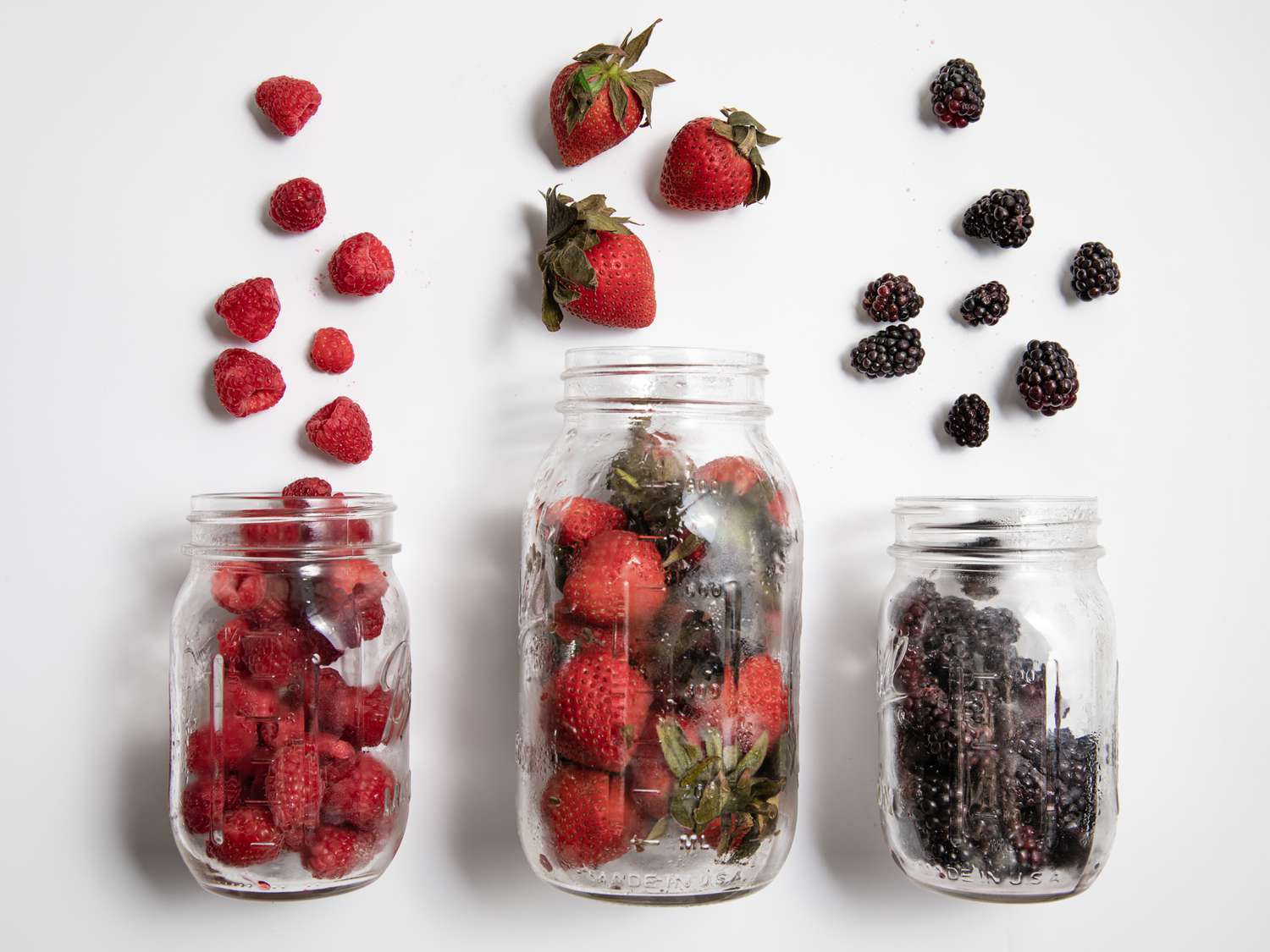
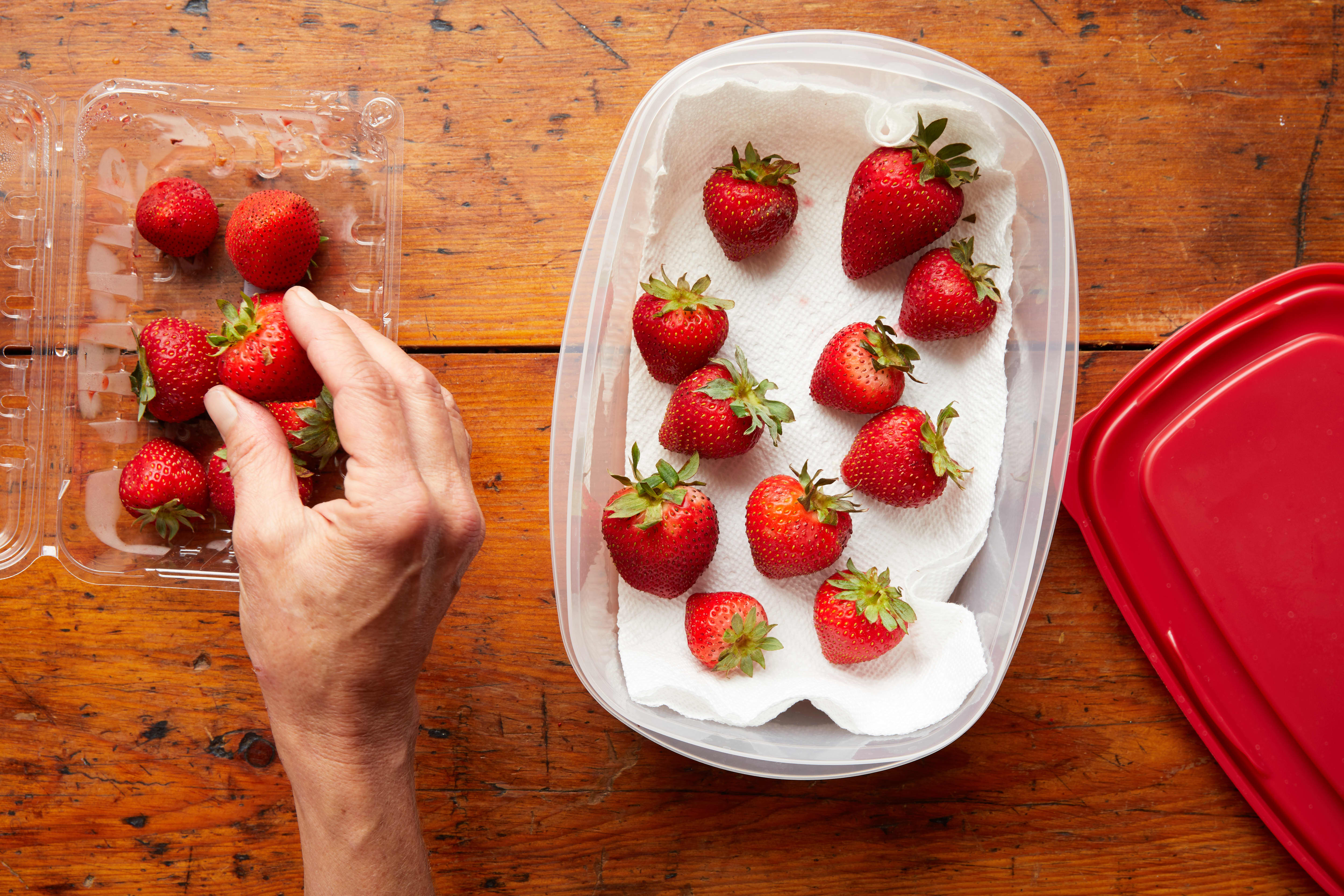
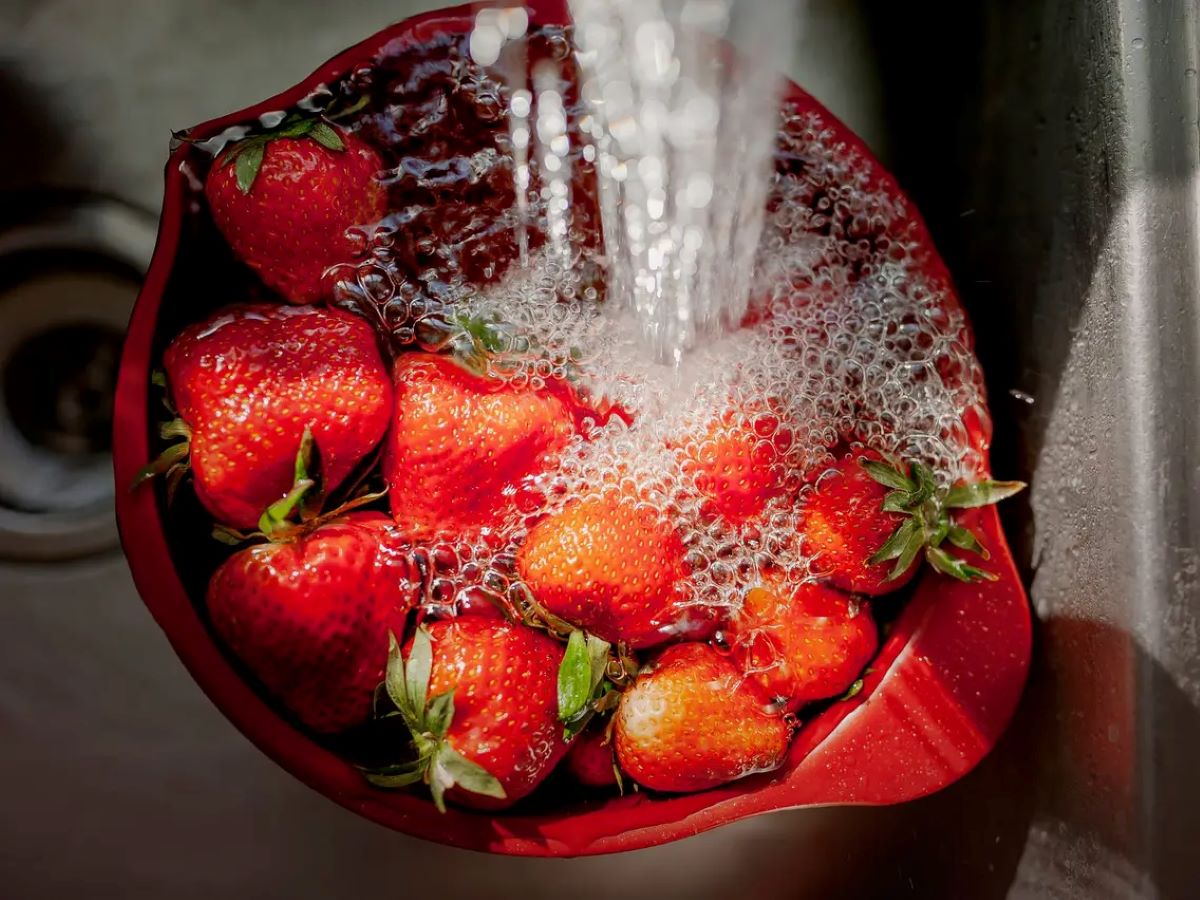

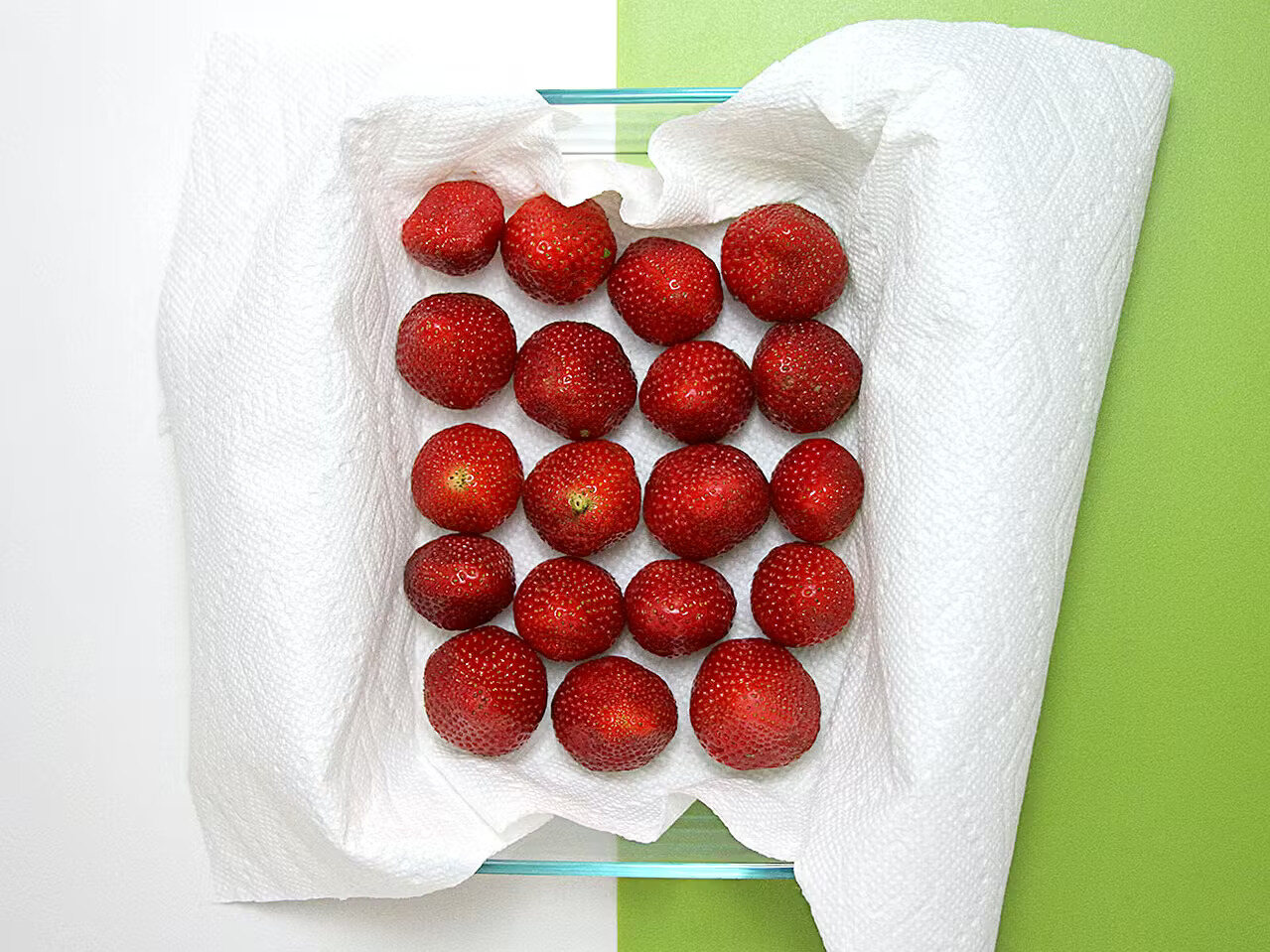
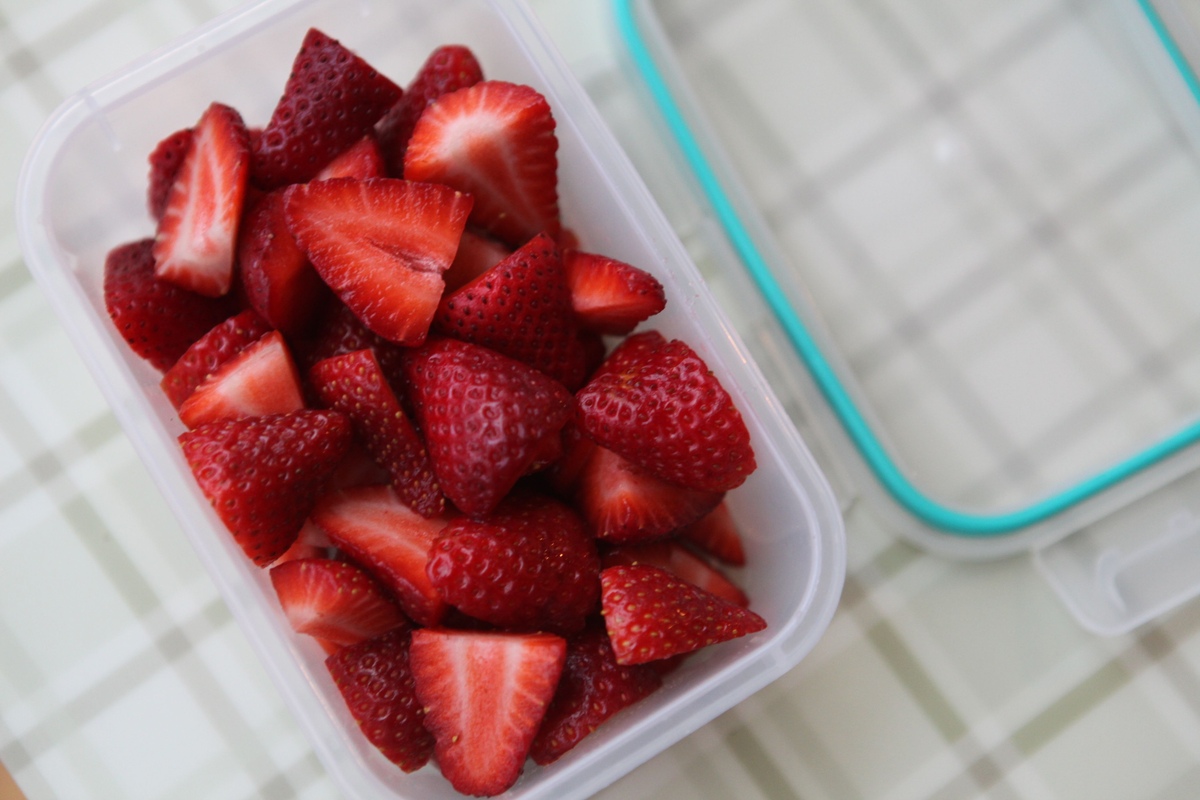



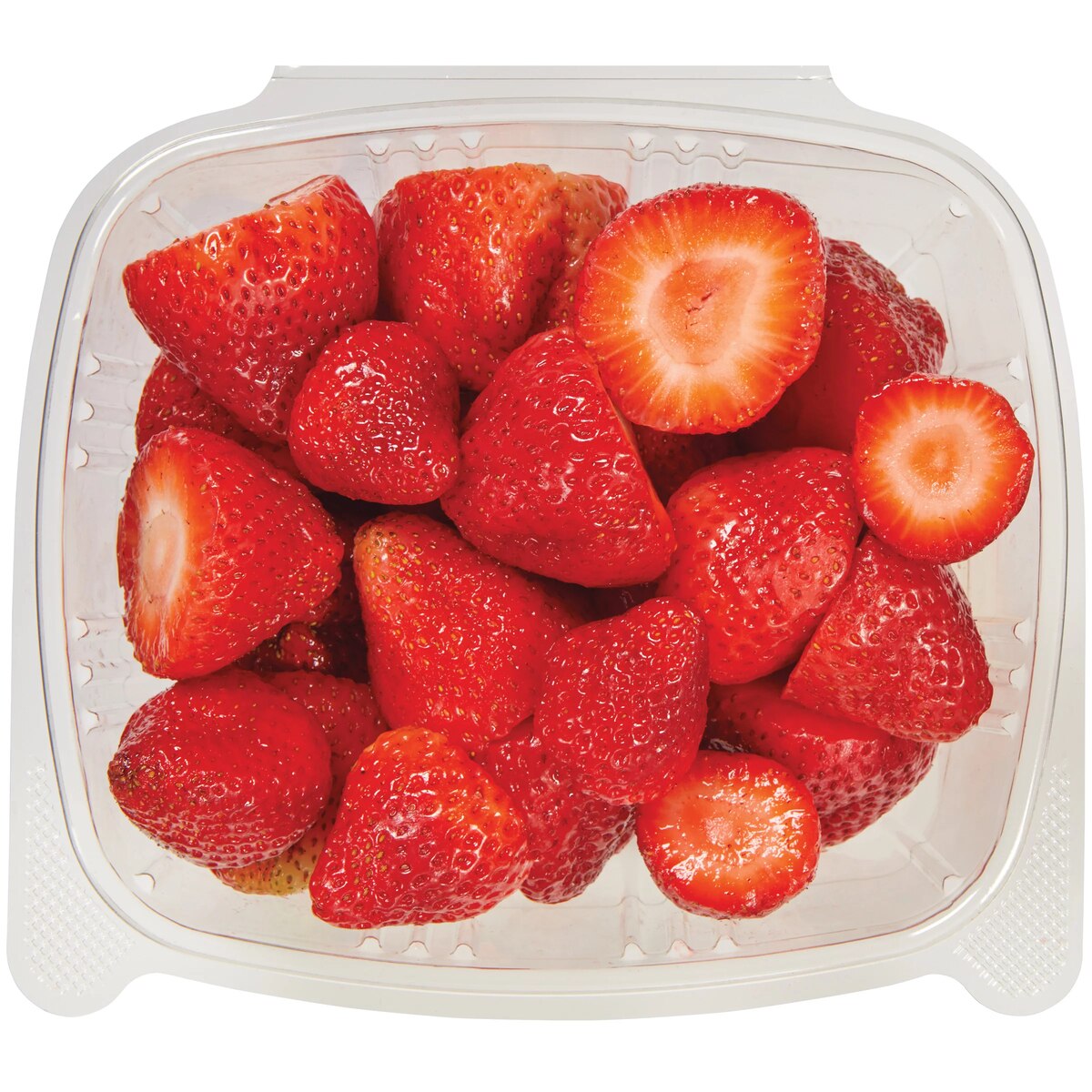

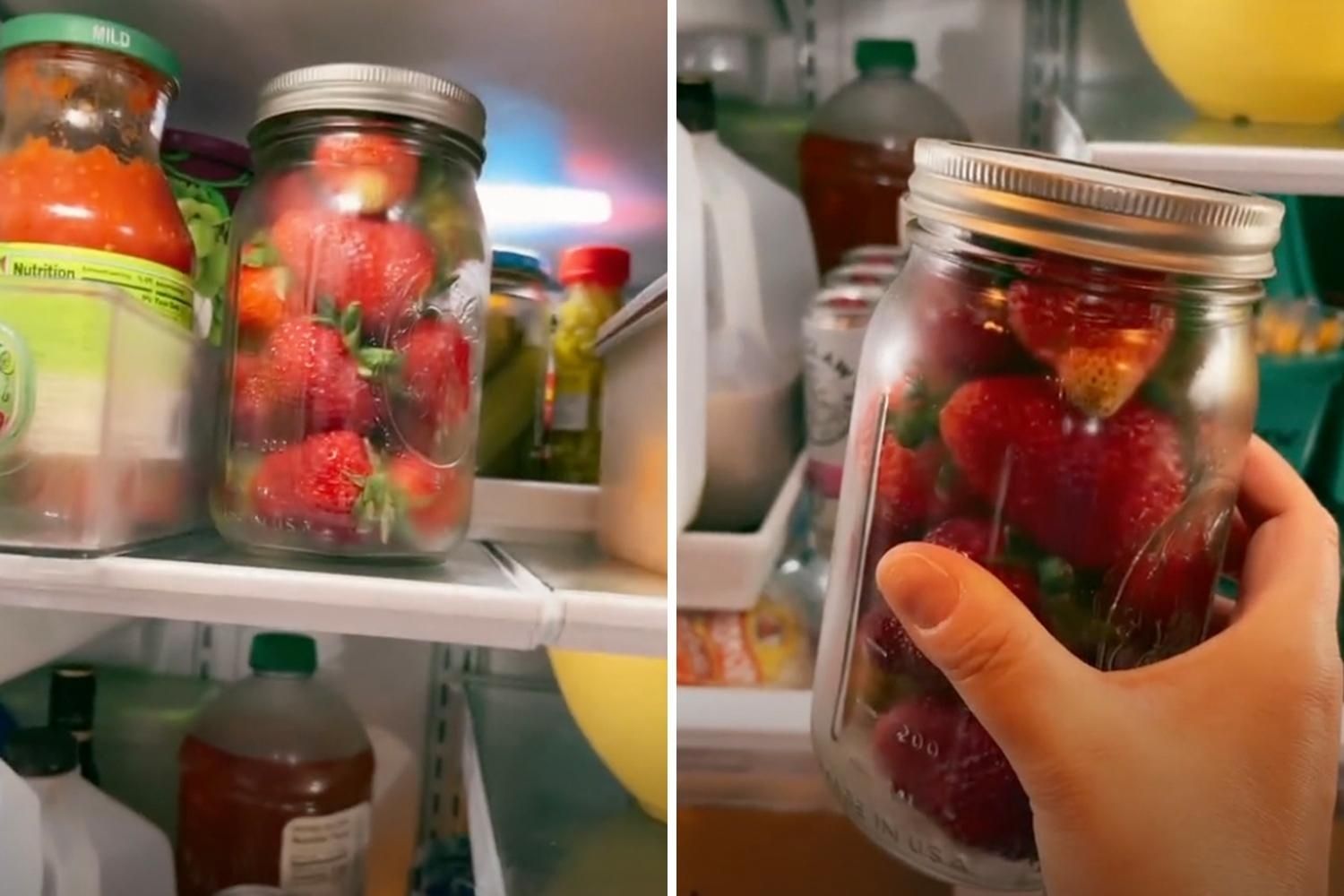


0 thoughts on “How To Store Strawberries In Fridge”